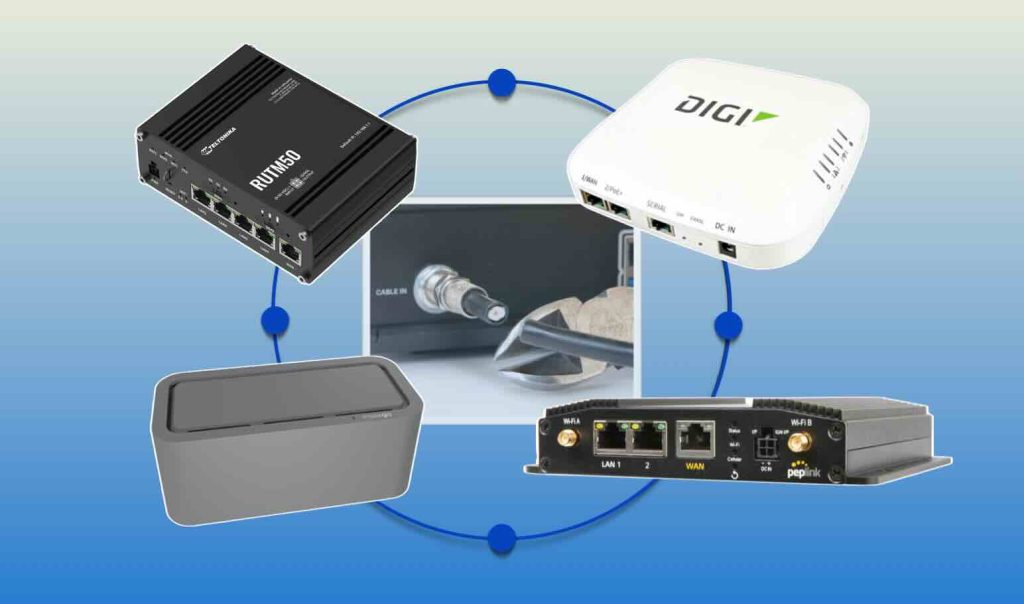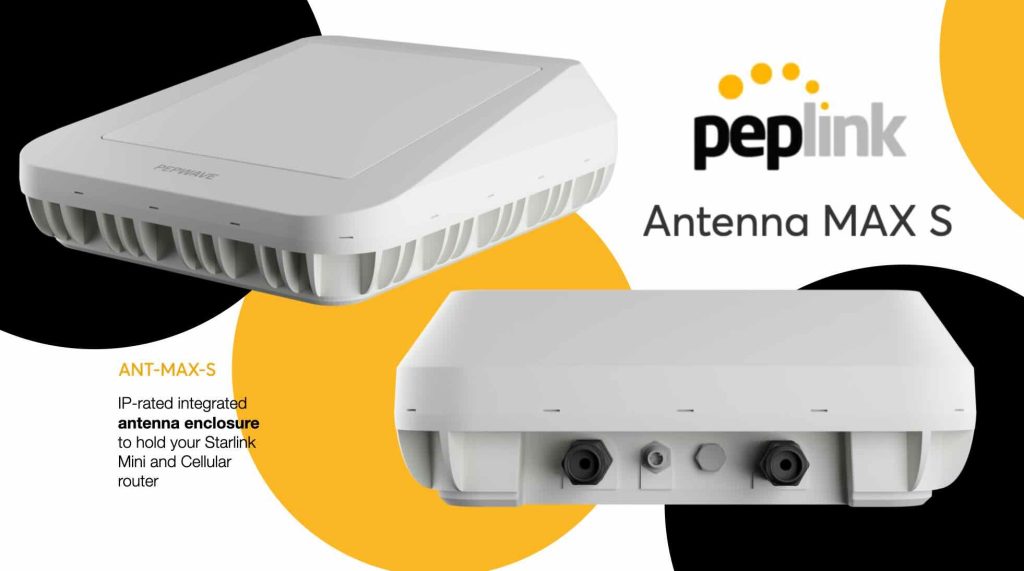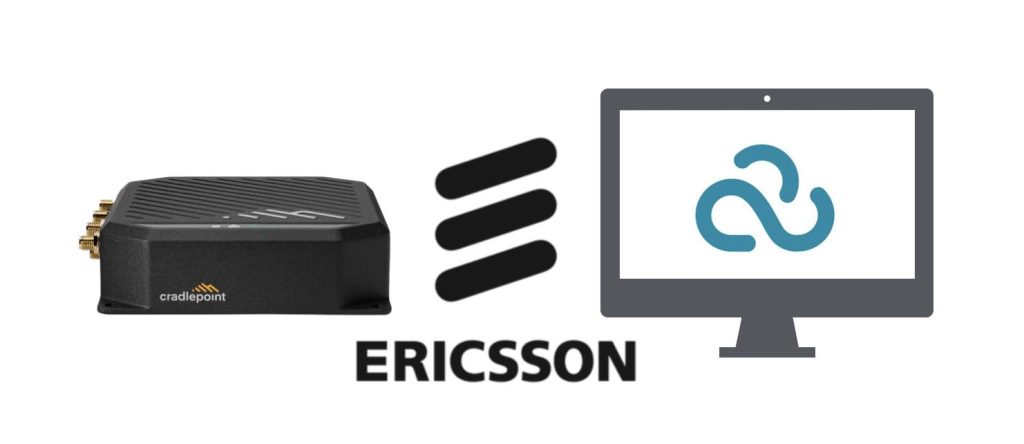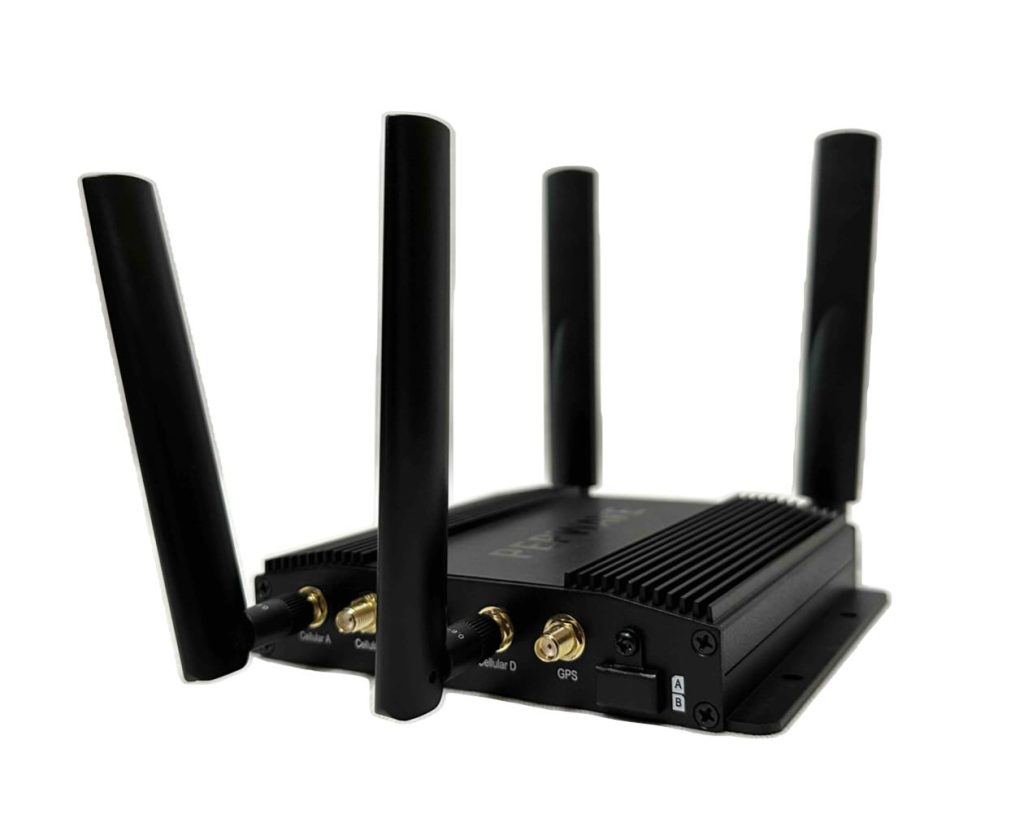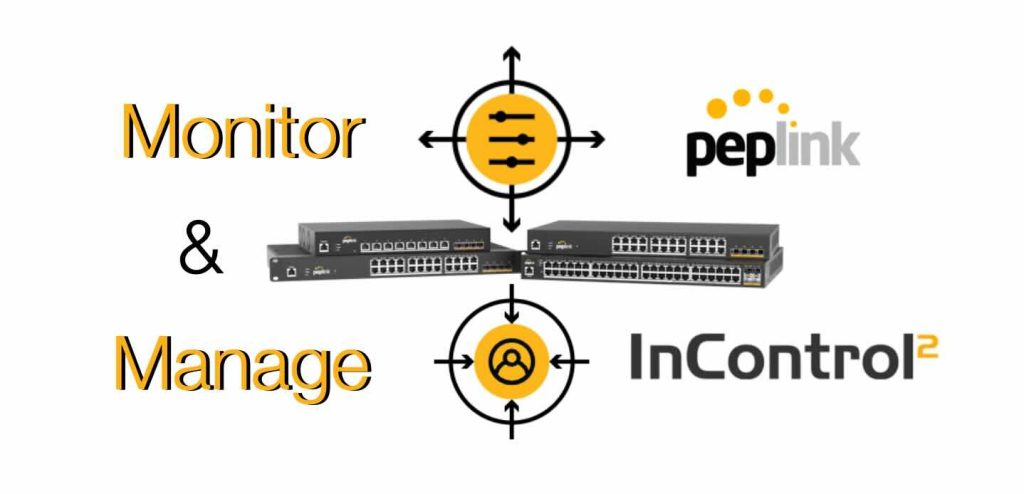In today’s interconnected world, the ability to track and manage assets, people, and processes in real time is crucial for businesses, governments, and consumers alike. One technology that has been integral to these needs is geofencing. But what exactly is geofencing, and how do leading manufacturers like Peplink, Semtech, Ericsson, Digi, Teltonika, and Inseego support […]
Cutting the Cable: 2 Years After My Switch to 5G Internet and What I Learned from Testing Multiple 5G Routers
Over two years ago, I fully transitioned from traditional cable Internet to a robust cellular 5G solution powered by Verizon and provided through 5Gstore.com. I’ve since tested multiple routers (Peplink MAX BR1 Pro 5G, Digi EX50, Inseego FX2000e, and Teltonika RUTM50) to determine which works best for real-world home and work usage. During this time, […]
Peplink Antenna MAX S: Accommodates Starlink Mini & Peplink Routers
The world of mobile and remote connectivity continues to evolve at a rapid pace, and Peplink is once again pushing boundaries with the upcoming launch of their newest antenna enclosure, the Peplink Antenna MAX S (SKU: ANT-MAX-S for $699). With a MSRP of $699 and availability slated for late August, early September 2025, this all-in-one enclosure is […]
2.5 GbE (2.5G Ethernet): Unlock Full 5G Router Speed with Peplink SDX, Cradlepoint E3000 & Katalyst Spark
Why 2.5 GbE Matters in a 5G World — and the Best Multi‑Gig Routers You Can Buy Today with 2.5 GbE Support When Gigabit Ethernet (1 Gbps) debuted in 1999 it felt limitless, but two decades later it has become a speed bump. 5G cellular links now routinely burst past 1 Gbps, Wi‑Fi 6/6E/7 LANs negotiate at 2–5 Gbps, and many U.S. […]
Cradlepoint Netcloud License Renewed — But Device Still Offline? Here’s What to Check
Here is a bit of history on what is Netcloud. NetCloud is Cradlepoint’s cloud‑based subscription platform that ties your hardware, software, and support into a single, always‑up‑to‑date service. Through a secure web console (and companion mobile app), NetCloud Manager lets you see every Cradlepoint router in your fleet on one screen, push firmware updates, roll out […]
Why WAN Bonding Beats Dual SIM Failover for Always‑On Connectivity
Most organizations today appreciate the importance of redundant internet service. The question is how you achieve it. Two common approaches are: On paper, failover sounds adequate, “if my main link goes down, I’ll switch to the other.” In reality, downtime isn’t the only problem connectivity faces. Brownouts, jitter, packet loss, traffic spikes, and session drops can cost […]
AT&T’s 5G Buoy Brings High-Speed Connectivity to the High Seas – How Maritime 5G Works and Why It Matters
AT&T launches the first 5G cell site that floats Late July saw a genuine industry first: a fully self-powered buoy in California’s Monterey Bay now doubles as a 5G base station. Developed by Ocean Power Technologies (OPT) in partnership with AT&T, the U.S. Navy and the Naval Postgraduate School (NPS), the “PowerBuoy” transmits oceanographic and […]
Enable 2×2 Mode on Peplink Routers for Enhanced Performance
Peplink routers offer impressive flexibility and high-performance networking, particularly when optimizing cellular antenna setups. One example of this adaptability is 2×2 Mode—a valuable feature designed for users who need a more compact, simplified antenna configuration without compromising reliability. In this post, we’ll explain what 2×2 Mode is, why it might be the right choice for […]
Managing a New Peplink Switch with InControl2: What to Know to Succeed
Peplink has long been known for its robust, enterprise-grade routers and modems, and now they’ve brought that same level of sophistication to their latest line of network switches. However, with the new Peplink switch models, there’s an important change users need to understand: there is no local configuration interface. All switch management is now done […]
T-Mobile Unlocks L4S on 5G Standalone – Here’s Why That Matters for a Speedy 5G Connection
At 5Gstore, we’re passionate about helping our customers stay connected using the latest wireless technologies. That’s why news like this gets us excited – T-Mobile just became the first U.S. carrier to enable a new 5G performance feature called L4S across its 5G Standalone (SA) network. If you’re wondering what “L4S” even means or why it’s important, […]

